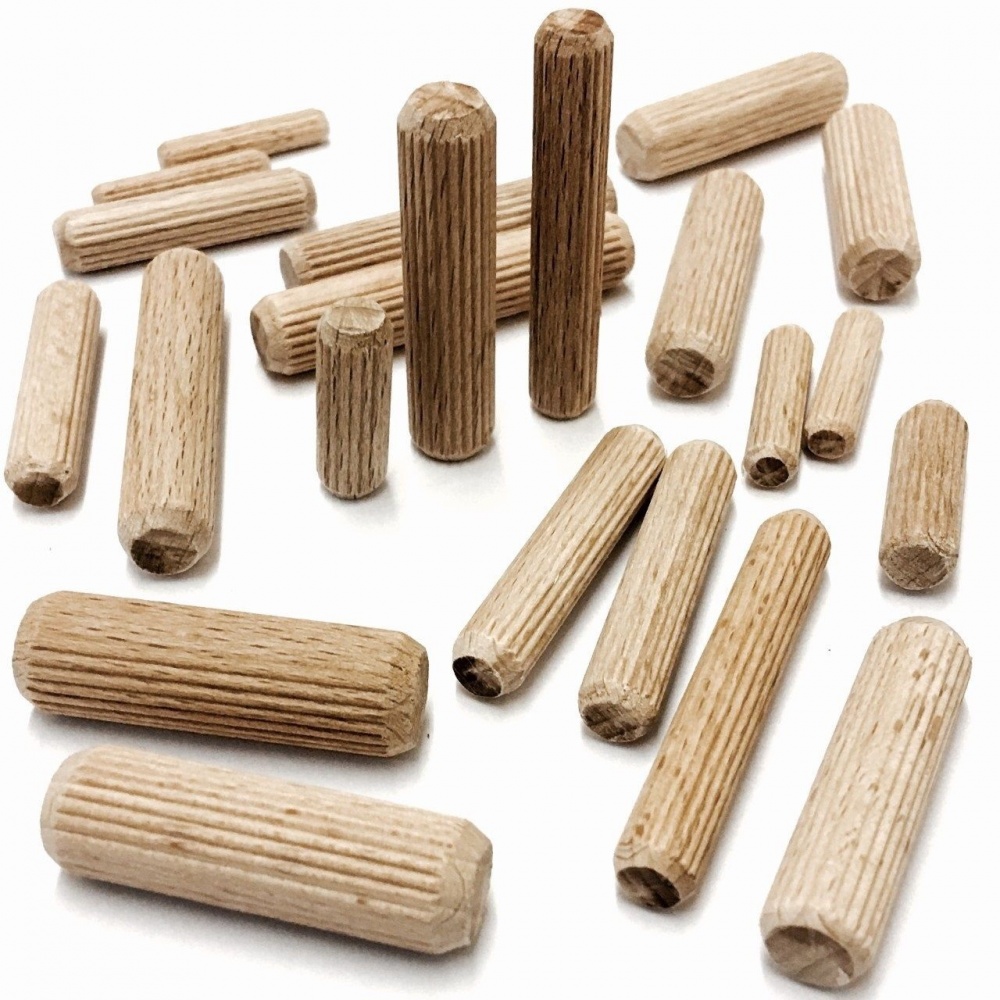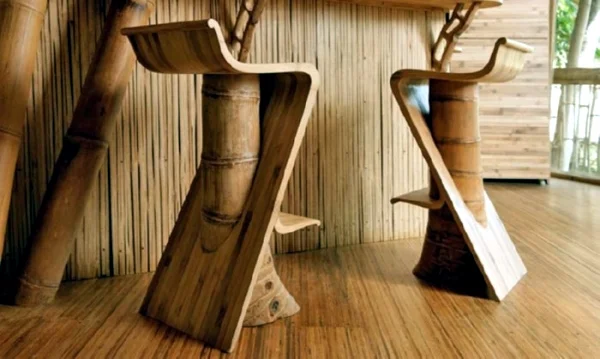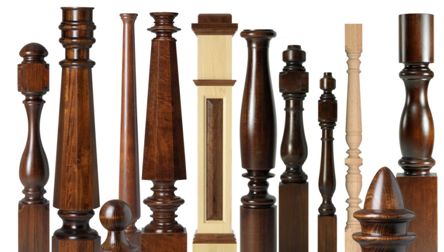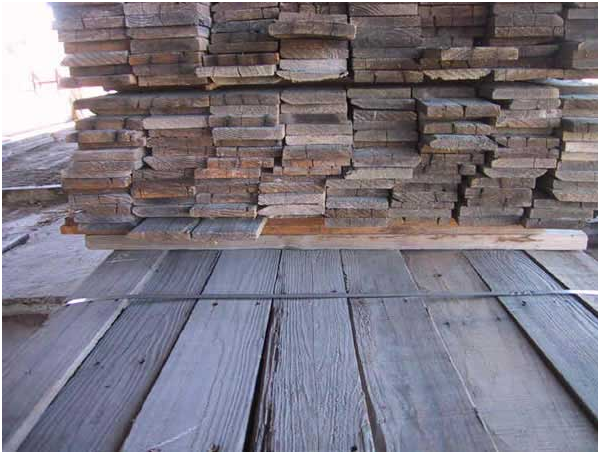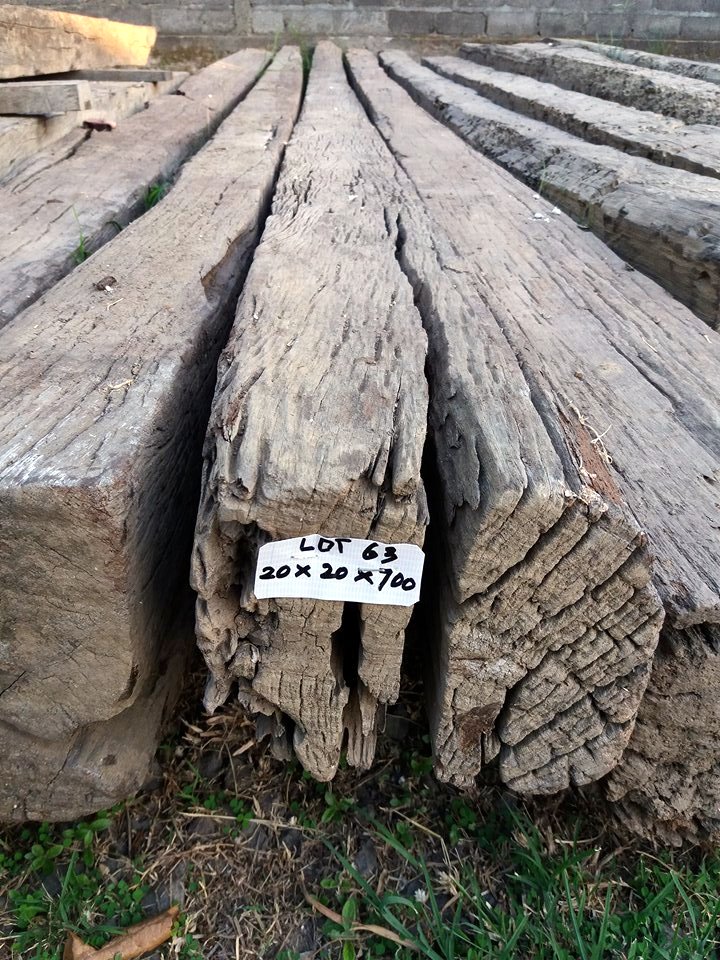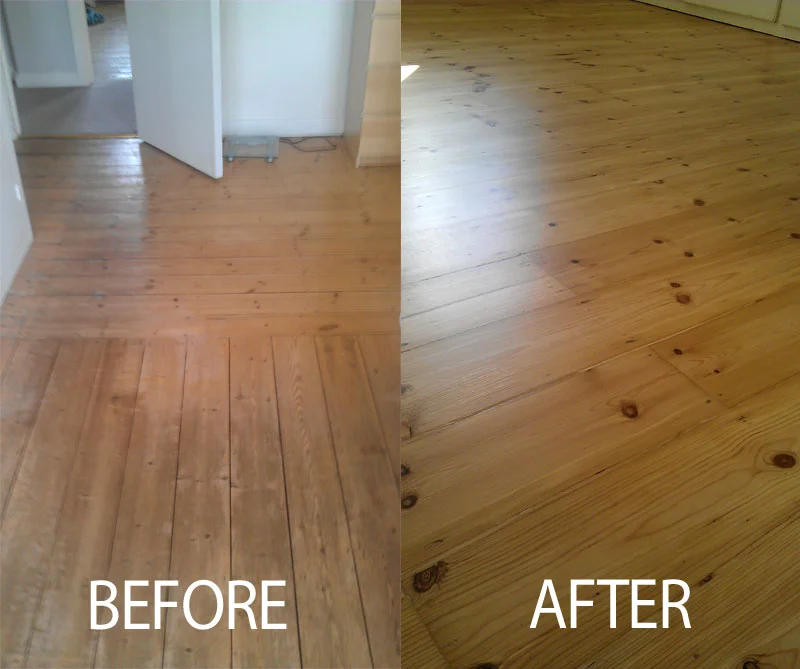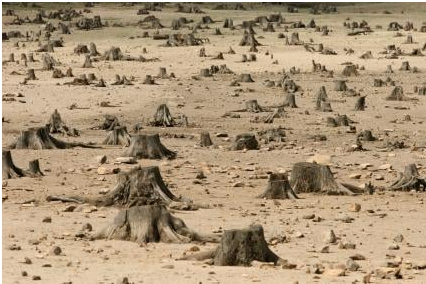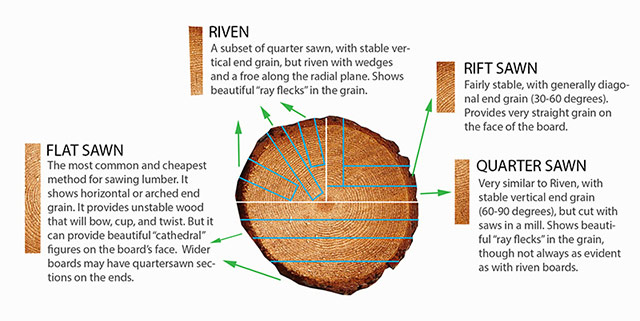You might be wondering what a wood dowel is. It might seem to be a simple wooden peg, and to tell you the truth, it is. But like a lot of wooden tools that seem to be useless, dowel rods possesses a great history.
At this point in time, they are utilized to make everything hold in place, but they also claim a much meaningful historical antecedence. The wooden dowel has been utilized for hundreds of years to hold things in place, and for better or for worse, it is the things that is used in our daily lives that makes us better person. Below are some facts and information about the wooden dowel and how a seemingly invisible negligible tool is a lot significant than we thought.
A piece of wood, but a meaningful history. The word dowel is an old English word equivalent of “doule” which simply means a part of a wheel. It can also be traced its history in the Middle German language “dovel” which meant to plug. Despite being regarded as an everyday tool, wood dowels have been utilized in several ways throughout history, earning them a spot when it comes to productivity and simple technologies that have thrive to be as useful as it can be throughout the years.
Wooden dowels
Below are a chronological antecedent and its recollection of its rich history:
690 AD: A traveler went to a famous landmark in Ise, Japan and recounts the tradition of constructing shrines every decade to particular ancient beliefs calling for the need of interlocking joints and dowel pegs aside from nails.
1000AD: Leif Ericson sailed and rowed all over the North Atlantic starting from Norway to Newfoundland. He sailed in a Viking ship that was firmly constructed with planks that are overlapping and being held altogether using nails and wooden dowels.
1930 AD: Henry Yevele, a Master Mason, reconstructed Westminster Hall, comprising a 660-ton hammer-beam roof. This roof is unusually supported from down ground and was held specifically with the use of sturdy wood dowels.
Year 1500s: There are reports that ships from Southeast Asia that are constructed of wood using wooden dowels have reach the West. It is capable to sail as far as the tip of Eastern Africa. This has enabled the trade during the Ming Dynasty where china glassware had reached the other side of the world.
Mid 1600s: When a Dutch armada sunk in the Sargasso Sea, survivors made a life boat with the use of wooden dowels, and remembered how their capsized ships failed when the nails and spikes as fasteners disintegrated in to pieces. After this incident, the Dutch king constructed a ship that was entirely made out of wood with the utilization of wooden dowels.
Mid 1900s: A ship was discovered in Egypt which was held entirely using wooden dowel rods which marked the emergence of the importance of wooden dowels.
No nail no screw - just wood and glue
As many can witness, dowels have been utilized throughout the history to fasten the world together. Roam around. How do you avail of this piece of history on your daily lives? It can withstand the test of time, forever, and even the days after it.
Source http://www.atlasdowel.com/pages/blog/entry/84/

